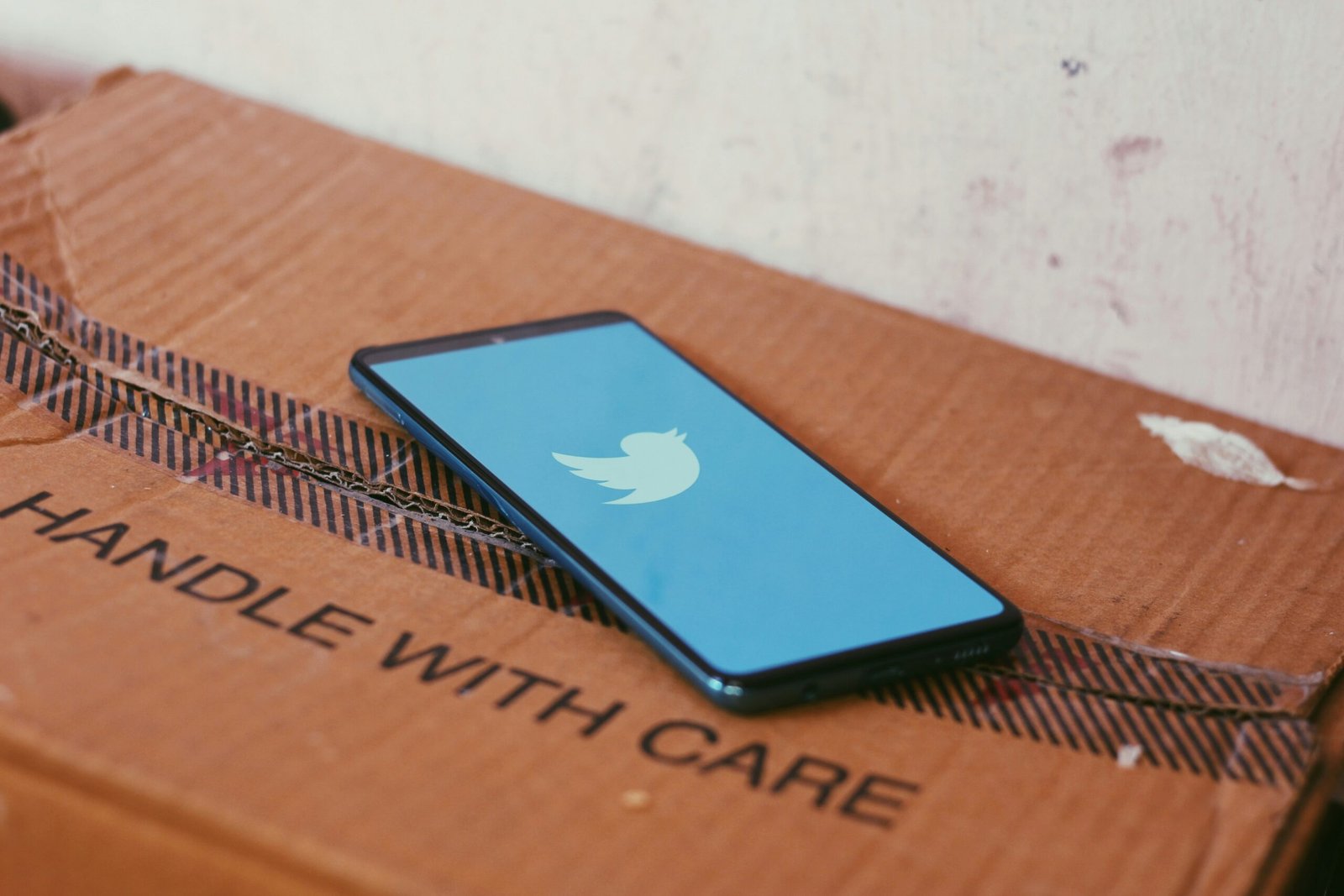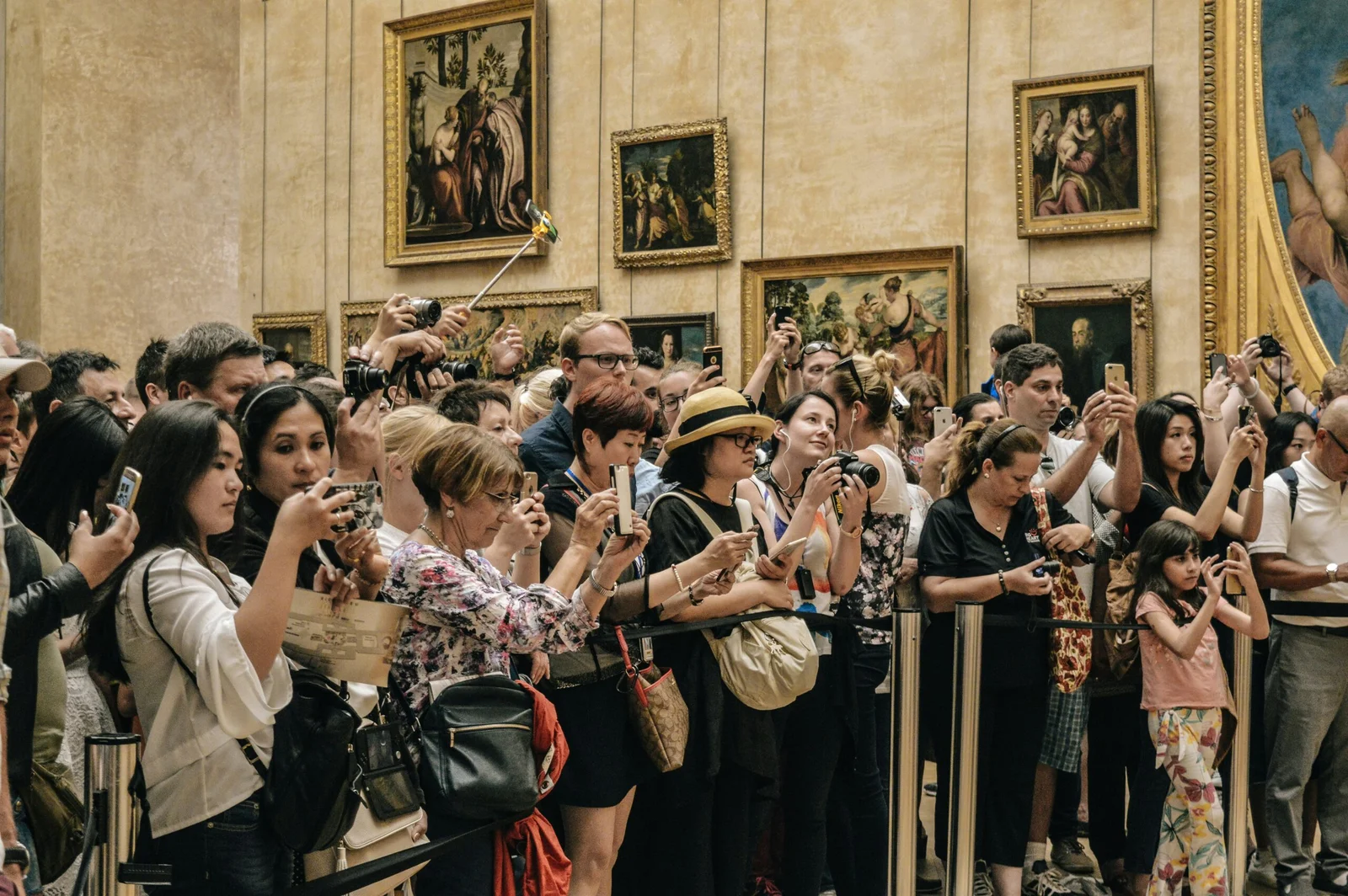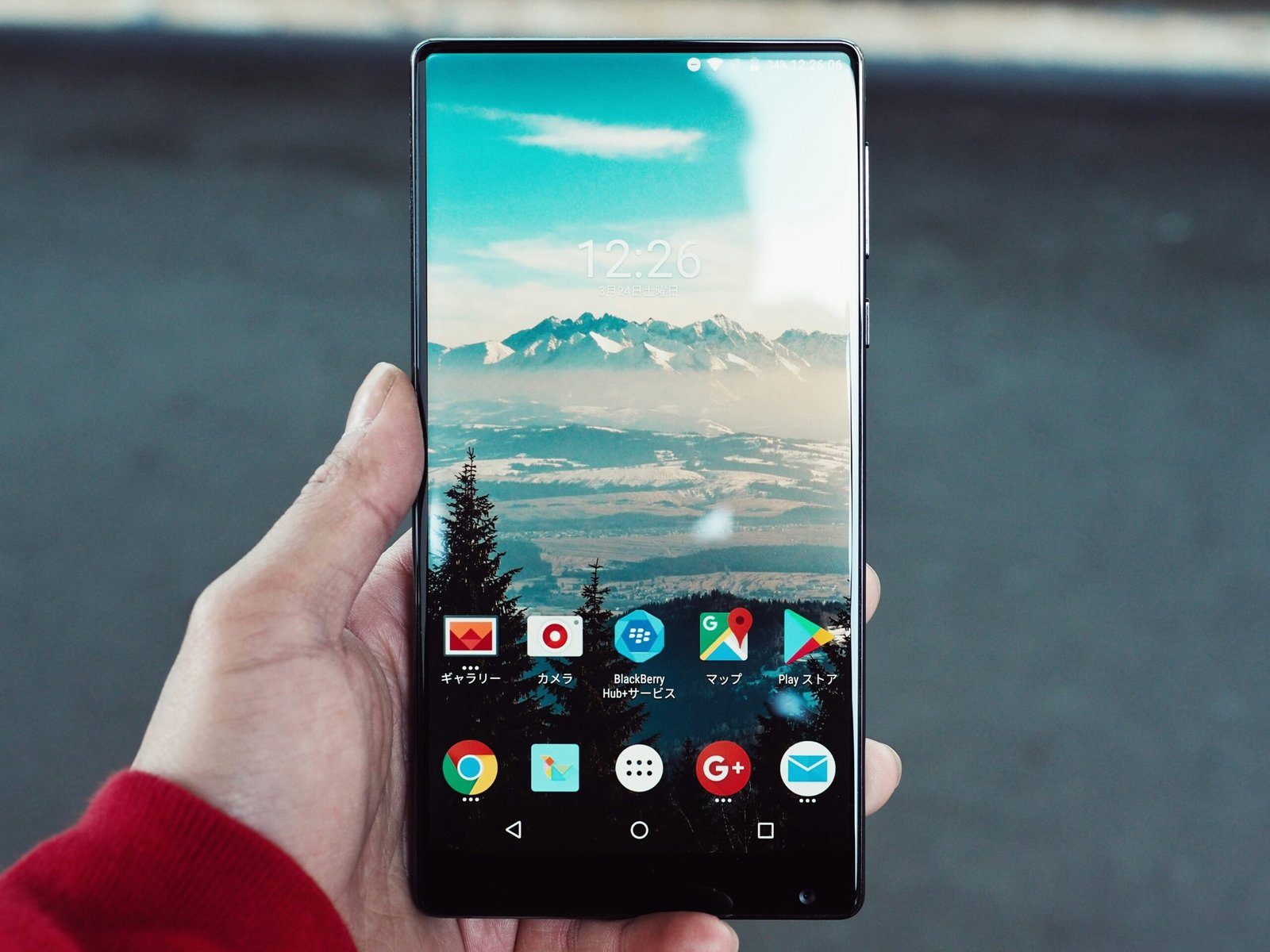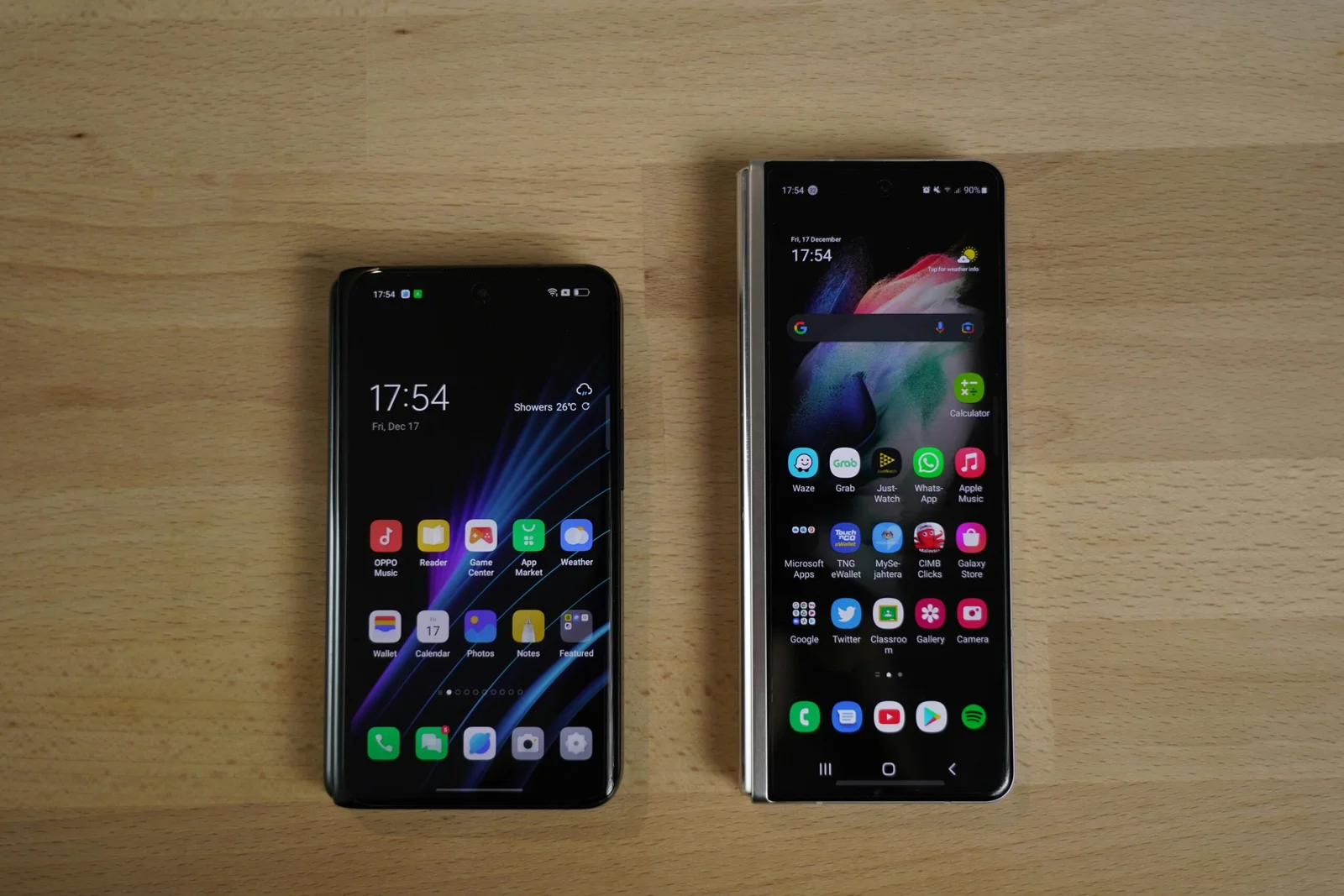
Introduction: Evolution of Mobile Phone Photography
The evolution of mobile phone photography has been a remarkable journey, transforming from rudimentary beginnings into a sophisticated and integral aspect of modern technology. In the early days, mobile phones were primarily communication devices, featuring basic cameras with low-resolution capabilities. These early mobile phone cameras were limited in functionality, offering only basic image capture without any advanced features. However, the landscape began to change dramatically with the advent of the first camera phone, the Sharp J-SH04, introduced in Japan in 2000. This device marked a significant milestone, integrating a 0.11-megapixel camera, and allowing users to capture and share images directly from their phones.
The rise of smartphones heralded a new era for mobile photography. The launch of the iPhone in 2007 was a pivotal moment, combining a user-friendly interface with a 2-megapixel camera, and significantly enhancing the quality and convenience of mobile photography. Subsequent models introduced higher megapixel counts, better sensors, and more sophisticated software, making mobile phones a viable alternative to traditional cameras for casual photographers.
Technological advancements continued at a rapid pace, with key milestones further revolutionizing mobile photography. The introduction of autofocus in camera phones provided sharper images, while the implementation of multiple lenses and optical zoom capabilities allowed for greater versatility and creativity. Features such as image stabilization, night mode, and high dynamic range (HDR) have further enhanced the ability of mobile phones to capture high-quality images in various conditions. Additionally, the integration of artificial intelligence (AI) and computational photography has significantly improved image processing, enabling features like portrait mode and advanced editing tools directly on the device.
Today, mobile phones have become powerful photography tools, equipped with cutting-edge technology that rivals traditional digital cameras. The continuous innovation in mobile phone cameras has democratized photography, making it accessible to a wider audience and fostering a culture of instant sharing and creative expression. As we look back on the evolution of mobile phone photography, it is clear that the advancements in this field have not only changed how we capture moments but have also had a profound impact on the photography industry as a whole.
Accessibility and Convenience
The advent of mobile phones has revolutionized the photography industry by making it accessible to a broader audience. Unlike traditional cameras, which often require significant investment and technical knowledge, mobile phones come equipped with high-quality cameras that are intuitive and easy to use. This means that almost anyone, regardless of their expertise or financial situation, can now engage in photography.
One of the most significant advantages of mobile phone photography is the convenience it offers. With a camera always at hand, users are empowered to capture spontaneous moments as they happen. Whether it’s a breathtaking sunset, a candid smile, or an unexpected event, the ability to take out your phone and snap a picture within seconds has transformed how people document their lives. This convenience eliminates the need for carrying bulky, specialized equipment, making it easier for individuals to seize photographic opportunities as they arise.
Moreover, the accessibility of mobile phones has democratized photography, enabling a wider range of people to explore and hone their skills. Social media platforms and sharing apps have further facilitated this trend, allowing amateur photographers to showcase their work to a global audience. This has led to a surge in creativity, as more individuals are inspired to experiment with different styles, techniques, and subjects.
In addition to fostering creativity, the widespread use of mobile phones for photography has also led to innovations in photo-editing software. Many mobile apps now offer advanced editing tools that were once exclusive to professional software, making it possible for users to enhance their photos directly from their devices. This has paved the way for more polished and professional-looking images, even when taken by amateurs.
In essence, the integration of high-quality cameras into mobile phones has not only made photography more accessible and convenient but has also significantly contributed to the growth and democratization of the art form. As a result, more people than ever before are able to capture and share the beauty of the world around them.
Technological Advancements in Mobile Phone Cameras
Over the past decade, mobile phone cameras have undergone significant technological advancements, transforming the photography industry. One of the most notable innovations is the increase in megapixel counts. Higher megapixel cameras allow for more detailed and clearer images, enabling users to capture intricate details that rival traditional cameras. Improved sensors also play a crucial role, as they enhance light sensitivity and color accuracy, resulting in sharper and more vibrant photos even in low-light conditions.
Another key advancement is optical image stabilization (OIS). OIS technology reduces the blur caused by hand movements, providing clearer and more stable images, especially in dynamic or low-light environments. This feature has been instrumental in enhancing the overall image quality of mobile phone cameras, making them comparable to many high-end digital cameras.
Advanced software algorithms have further revolutionized mobile photography. Computational photography, which involves using algorithms to process and enhance images, allows for features such as HDR (High Dynamic Range) and night mode. These features combine multiple shots into a single image, balancing exposure and improving detail in both highlights and shadows. Artificial intelligence (AI) enhancements also contribute to better image quality by automatically adjusting settings, recognizing scenes, and applying real-time filters to optimize photos.
Multiple lens systems have become standard in modern mobile phones. These systems typically include wide-angle, ultra-wide, and telephoto lenses, offering users versatility in their photography. The integration of multiple lenses allows for greater creativity and flexibility, enabling photographers to capture a variety of perspectives and effects that were once only possible with traditional cameras.
Overall, the combination of higher megapixels, improved sensors, optical image stabilization, advanced algorithms, AI enhancements, and multiple lens systems has significantly elevated the capabilities of mobile phone cameras. These technological advancements have not only improved image quality but also democratized photography, making high-quality photography accessible to a broader audience.
Impact on the Photography Industry
The advent of mobile phones has significantly transformed the traditional photography industry, bringing both challenges and opportunities for professional photographers. As mobile phone cameras have become more sophisticated, offering high-resolution images, advanced editing tools, and various shooting modes, they have democratized photography, making it accessible to a wider audience. This shift has led to a notable change in consumer behavior, with a growing number of individuals relying on their mobile devices for everyday photography needs. The convenience and immediacy of mobile photography have made it the preferred choice for capturing spontaneous moments and sharing them instantly on social media platforms.
Professional photographers have had to adapt to this new landscape by incorporating mobile photography into their repertoire. Many have embraced the portability and versatility of mobile devices for certain types of work, such as event coverage, travel photography, and behind-the-scenes content. Mobile phones offer the advantage of being less intrusive and more adaptable in dynamic environments, allowing photographers to capture candid and authentic moments that might be missed with traditional cameras. Additionally, the integration of advanced editing apps and software on mobile devices has enabled photographers to achieve professional-grade results directly from their phones.
The rise of mobile photography has also influenced the market for photography equipment and services. Traditional camera manufacturers have responded by developing compact, high-quality cameras that complement mobile devices, and by incorporating features that appeal to the tech-savvy consumer. Photography services have evolved to include mobile photography workshops, courses, and social media-focused content creation, catering to the growing demand for mobile photography skills. This shift has fostered a more inclusive and diverse photography community, where both amateurs and professionals can share their work and learn from one another.
Overall, the impact of mobile phones on the photography industry has been profound, driving innovation and reshaping consumer expectations. While the traditional photography industry faces new challenges, it also benefits from the expanded possibilities and creative potential that mobile photography brings.
“`html
Social Media and Mobile Photography
Social media platforms have profoundly transformed the landscape of mobile photography. The symbiotic relationship between these platforms and mobile photography is evident, as the ease of capturing, editing, and sharing images from mobile phones has fueled the popularity of visual content. Platforms like Instagram, Facebook, and TikTok have become pivotal in this evolution, offering users a space for instant sharing and community engagement.
Instagram, in particular, has revolutionized the way we perceive and interact with photography. With its emphasis on visual storytelling, the platform encourages users to curate aesthetically pleasing profiles, fostering an environment where mobile photography thrives. Features like filters, stories, and IGTV have further enhanced the capabilities of mobile photographers, enabling them to produce high-quality content effortlessly.
Facebook, with its expansive user base, has also played a significant role in promoting mobile photography. The platform’s integration of photo-sharing features, such as albums and timeline highlights, allows users to document and share their lives visually. Mobile phones, equipped with advanced cameras, empower users to capture spontaneous moments and instantly share them with their network, enhancing the immediacy and authenticity of visual storytelling.
TikTok, known for its short-form video content, has taken mobile photography to new heights by blending it with dynamic videography. The platform’s tools, like filters and effects, enable users to create engaging visual narratives using their mobile phones. The rise of influencer culture on TikTok and other social media platforms further illustrates the impact of mobile photography. Influencers leverage their mobile devices to produce captivating content, amassing followers and shaping trends within the digital space.
In essence, the integration of mobile photography with social media platforms has democratized visual storytelling. It has allowed individuals from diverse backgrounds to express themselves creatively and connect with a global audience. This synergy between mobile phones and social media continues to drive the evolution of photography in the digital age, emphasizing the importance of accessibility and immediacy in visual communication.
Mobile Photography and Creativity
Mobile phones have revolutionized the realm of photography, becoming powerful tools that foster creativity and innovation. With the advent of sophisticated camera technology embedded within these devices, anyone with a mobile phone can explore and enhance their photographic skills. The ease of access to high-quality cameras has democratized photography, making it possible for amateur photographers to experiment and express their creativity like never before.
One of the most significant advancements in mobile photography is the plethora of apps and tools available to users. Applications such as Adobe Lightroom, Snapseed, and VSCO provide comprehensive editing capabilities that allow users to adjust exposure, contrast, color balance, and more, directly on their devices. These tools have made it possible to achieve professional-grade edits without the need for expensive software or a desktop computer.
Mobile phones also support a variety of creative tools, such as filters, presets, and effects, empowering users to add unique touches to their photographs. This convenience has led to the rise of mobile photography contests and communities where enthusiasts can share their work, receive feedback, and gain inspiration. Platforms like Instagram, EyeEm, and Unsplash have become hubs for mobile photographers to showcase their creativity and connect with like-minded individuals.
Prominent photographers have also embraced mobile photography, proving that these devices can produce stunning results. For example, renowned photographer Chase Jarvis famously stated, “The best camera is the one that’s with you,” highlighting the importance of capturing the moment, regardless of the equipment used. Additionally, photographers like Kevin Russ and Benjamin Lowy have gained recognition for their exceptional work using mobile phones, further legitimizing the medium.
In essence, mobile phones have not only changed the photography industry by making it more accessible but have also spurred a wave of creativity that encourages individuals to experiment and innovate. The combination of advanced technology, user-friendly apps, and vibrant communities has created an environment where anyone can develop their photographic skills and express their unique vision.
Challenges and Limitations of Mobile Photography
Mobile photography has revolutionized the way we capture and share moments. However, despite its many advantages, it is not without challenges and limitations. One significant limitation is the sensor size of mobile phones. While traditional cameras often boast larger sensors that can capture more light and detail, mobile phones must balance sensor size with the device’s compact form. As a result, mobile cameras may struggle to deliver the same level of detail and dynamic range, particularly in challenging lighting conditions.
Another notable limitation of mobile photography is low light performance. Smaller sensors typically lead to increased noise and reduced image quality in low-light scenarios. Traditional cameras, equipped with larger sensors and often better optics, tend to excel in these conditions, producing clearer, more detailed images. While manufacturers continuously improve mobile phone sensors and software algorithms, achieving comparable low-light performance remains a challenge.
Battery life is an additional concern for mobile photographers. The advanced computing power required for high-quality image processing, coupled with the demands of other smartphone functions, can quickly drain battery life. This limitation can be particularly frustrating during extended shooting sessions or when traveling without access to charging facilities. In contrast, traditional cameras generally have dedicated batteries that offer longer life and swappable options.
Despite these challenges, ongoing advancements in mobile photography technology aim to mitigate these issues. Innovations such as computational photography, which leverages software to enhance image quality, and the integration of multiple lenses to achieve greater versatility, demonstrate significant progress. Additionally, improvements in battery technology and energy-efficient components are gradually extending battery life.
Understanding the inherent limitations of mobile photography is essential for achieving the best possible results. By being aware of these constraints, photographers can make informed decisions about when to rely on their mobile device and when to opt for a traditional camera. As technology continues to evolve, the gap between mobile and traditional photography is likely to narrow, offering greater flexibility and creative potential for all photographers.
The Future of Mobile Photography
As technology continues to advance at a rapid pace, the future of mobile photography promises to be both innovative and transformative. One of the most exciting prospects is the integration of augmented reality (AR) into mobile photography. AR can enhance the user’s experience by overlaying digital elements onto the real world, providing creative possibilities that were previously unimaginable. For instance, AR filters and effects could become more sophisticated, allowing users to manipulate their photos in real-time with unprecedented precision.
Another significant trend is the advancement of artificial intelligence (AI) in mobile photography. AI has already made substantial strides in improving image quality through features like scene recognition and automatic adjustments. Moving forward, we can expect AI to become even more integral, with capabilities such as real-time object removal, enhanced night mode, and smart composition suggestions. These AI-driven features will make it easier for users to capture professional-quality images without the need for extensive post-processing.
Moreover, the integration of professional-grade features in mobile devices is likely to continue. High-resolution sensors, improved optical zoom capabilities, and advanced image stabilization are just a few examples of how mobile phones are closing the gap with traditional cameras. As these features become more accessible, the distinction between mobile and professional photography will blur, allowing more people to produce high-quality content with their smartphones.
These advancements will not only shape the photography industry but also influence how people capture and share images. Social media platforms will likely evolve to support these new technologies, offering users more interactive and immersive ways to showcase their photos. Additionally, the ease of access to professional-grade tools will democratize photography, enabling more individuals to express their creativity and share their perspectives.
In essence, the future of mobile photography looks incredibly promising, with technological advancements set to redefine the boundaries of what is possible. As augmented reality, artificial intelligence, and professional-grade features continue to develop, they will revolutionize the way we capture and experience the world through our lenses.






